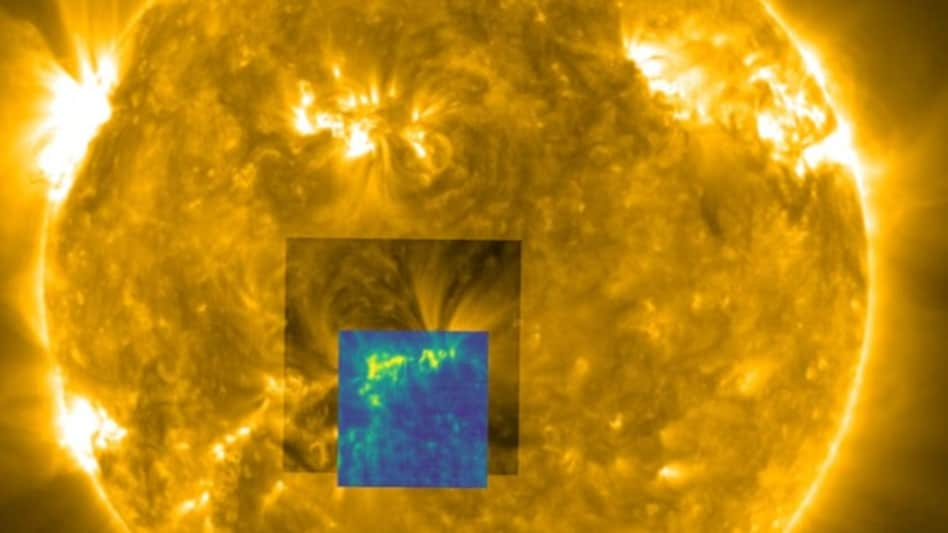 European spacecraft tracks origin of solar wind to its source
European spacecraft tracks origin of solar wind to its source
 European spacecraft tracks origin of solar wind to its source
European spacecraft tracks origin of solar wind to its sourceThe European Solar Agency's Solar Orbiter spacecraft has achieved a groundbreaking milestone by establishing the first-ever direct connection measurements of the solar wind around a spacecraft to high-resolution images of the Sun’s surface at a close distance.
Scientists can now study the origins of the solar wind which is a constant stream of charged particles flowing outward from the Sun. Understanding where the solar wind originates and how its properties are set has been a huge goal for solar physicists. However, by the time the wind reaches Earth, much of the detail linking it to source regions are been lost.
Solar Orbiter's key objective was to link the solar wind measured in situ by the spacecraft to specific areas on the Sun's surface imaged by its remote sensing instruments. To achieve this, scientists required to combine data from Solar Orbiter's unique suite of instruments with modeling tools that map the outward propagation of solar wind from the Sun.
The team used the Magnetic Connectivity Tool which is developed for the Solar Orbiter mission, to predict when the spacecraft would fly through solar wind streams originating from target surface features like coronal holes or active regions.
The spacecraft's instruments detected variations in wind speed between March 1 and 9, 2022 when Solar Orbiter was around 75 million km from the Sun.
"Solar Orbiter flew past the coronal hole and the active region, and we saw fast solar wind streams, followed by slow ones. We saw a lot of complexity that we could tie back to the source regions," Stephanie Yardley of Northumbria University, lead author on the study said.
According to the observations, "footprints" imparted by different solar source regions can still be detected in the solar wind which will allow it to be traced back to its origins on the Sun's surface. This was a key mission goal for Solar Orbiter.
"This result confirms that Solar Orbiter is able to make robust connections between the solar wind and its source regions on the solar surface," Daniel Miller, ESA Solar Orbiter project scientist said.
"This opens the way for us to study the solar wind's origin in unprecedented detail," he added.